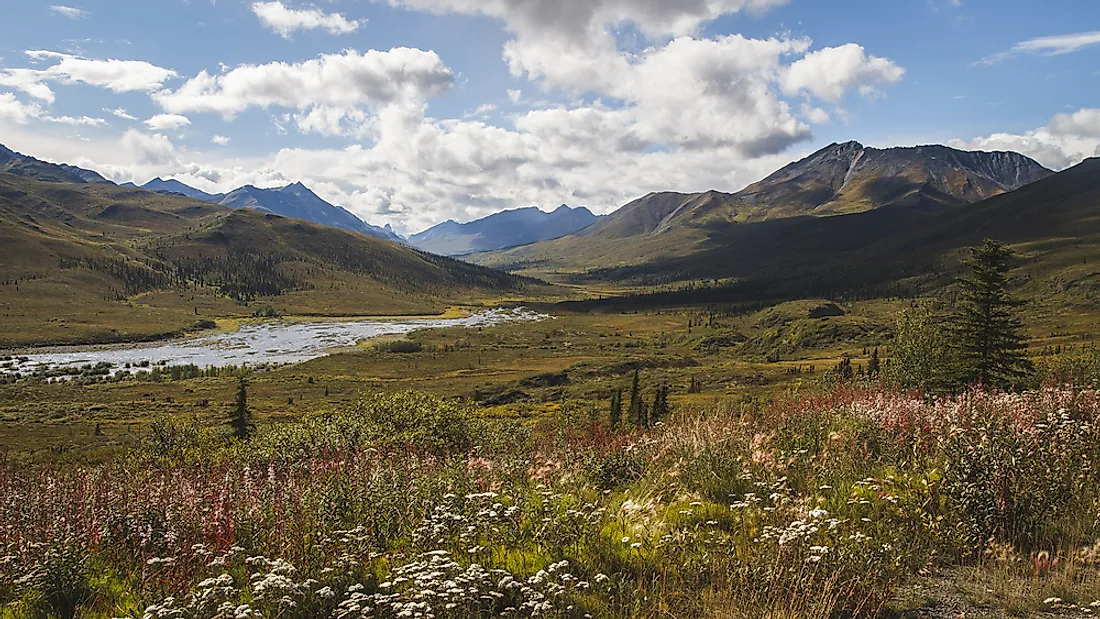What is a Subarctic Climate?

The subarctic climate also referred to as the boreal, subalpine, or subpolar climate occurs in large landmasses that beyond the moderating effects of oceans. The climate is found at latitudes of between 50° to 70°N poleward and is characterized by freezing winters, and cool but short summers.
Description
The subarctic climate experiences some of the most drastic seasonal temperature changes on the planet. During the winter temperature can drop to −40°F and rise to 86°F during the summer. Summer is short and can last for three months. For between 5-7 months the temperature falls beyond the freezing point and moisture in the soil freeze. The warmth of the summer only thaws a few feet of the frozen ice and permafrost prevails in a large areas particularity outside the southern boundary of the climatic zone.
Precipitation
Subarctic climates experience minuscule precipitation not more than 15 inches annually. Much of the precipitation occurs along the coastline during autumn while other areas experience precipitation during the warmer months. Low precipitation is experienced in more temperate regions with warmer winter and longer summers. However, subarctic climate higher altitudes of temperate regions experience higher precipitation due to the orographic lift. Mount Washington in New Hampshire experiences subarctic climate but receives an annual rainfall of about 101.91 inches. The coast of Khabarovsk Krai also receives precipitation of up to 6.9 inches in July. Labrador in eastern Canada experiences high precipitation throughout the year and can receive an annual rainfall of 51 inches due to the Icelandic Low.
Vegetation
The subarctic climatic region has a low diversity of vegetation since only limited species of plants can survive the climate. Hardy species dominate the region due to their ability to survive long winters and short summers. Conifers are the majority trees in the taiga forests that characterize the subarctic regions. Although the diversity of the vegetation is low, the number of plants is high, and the taiga forests make up the planet's largest forest biome with large sections occupying Canada and Russia. The soil fertility and weather patterns make agriculture impossible. Prevalence of lakes, swamps, and water bodies due to the departing ice sheets means plants cannot acclimatize. However, the summer permits some agriculture.
Distribution
The subarctic climate falls under the Köppen climate classification Dfc, Dwc, Dsc, Dfd, Dwd and Dsd. The Dsc subarctic climate is found in higher altitudes of the Mediterranean Basin stretching from Iran, Kyrgyzstan, Tajikistan Turkey, and Alaska. It is also found in parts of the United States including Eastern Oregon, Eastern Washington, Idaho. The Dfc climate is the most common of the subarctic climate. It covers Siberia, parts of Germany, Romania, Spain, France, Scotland, Canada, and Russia. It extends to Asia where it covers part of Mongolia and China.











